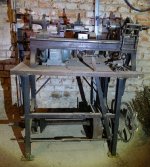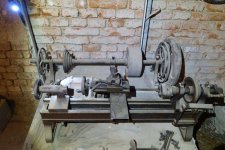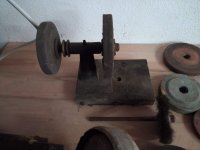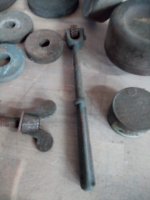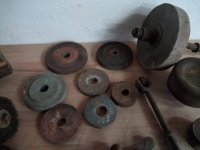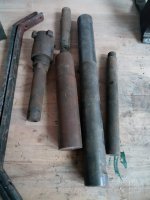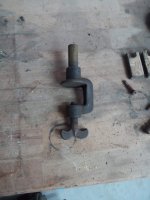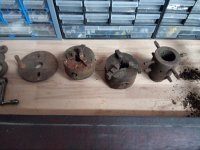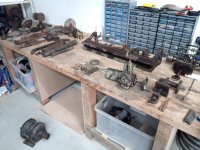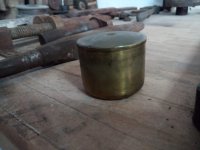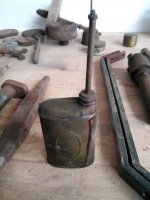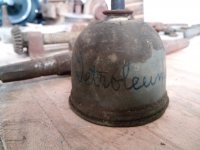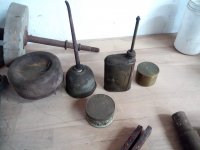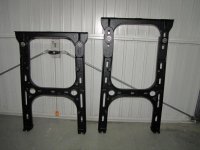JDM-oldschool
Aluminum
- Joined
- Jun 2, 2022
Hi all,
My name is Christoph, I am from Austria and work in automotive engineering.
I have a small workshop where I restore an 1984 Toyota Celica Supra, do some woodworking and repair stuff.
In school I loved machining on mills and lathes, I was mostly working on a huge Prvomajska lathe from the 70s. That was a great thing!
I played with the thought of buying a small new chinese lathe for a long time but somehow its not the right thing... I don´t need one, and I am more into old tools and stuff...
So tomorrow I will pick up that antique one. I know its not practical without a lead spindle and is really primitive but I saw it and had to have it. It´s beautiful together with the cast table.
I don´t see a possibility that I can find out who made it and if I even can get it running, but I will start cleaning it and see how far I come.
There are a few things that make me scratching my head:
Why has someone bolted it on the table backwards?
Was it originally driven with a foot pedal?
Why are there two axles with so many pulleys?
So there is the lower axle that seems to be the original one. There is also a corresponding hole in the table on the left side (under the motor) where the belt was going down.
That would have been the original setup I think, although I dont think that the V-Belt pulleys are original or if there was a leather belt before? The lathe looks somehow too old for V-belts to me.
Then at some point someone has added the rear axle. The pulleys left line up with the lathe pulleys when the lathe is turned around. On the right side there is that leather belt pulley and openings in the table to feed them down to the lower axle and the lever is for engaging/disengaging the lathe with the two pulley sizes below I think. But how was it driven then? With the motor? There is no space for it, so that must have been mounted separately?
My name is Christoph, I am from Austria and work in automotive engineering.
I have a small workshop where I restore an 1984 Toyota Celica Supra, do some woodworking and repair stuff.
In school I loved machining on mills and lathes, I was mostly working on a huge Prvomajska lathe from the 70s. That was a great thing!
I played with the thought of buying a small new chinese lathe for a long time but somehow its not the right thing... I don´t need one, and I am more into old tools and stuff...
So tomorrow I will pick up that antique one. I know its not practical without a lead spindle and is really primitive but I saw it and had to have it. It´s beautiful together with the cast table.
I don´t see a possibility that I can find out who made it and if I even can get it running, but I will start cleaning it and see how far I come.
There are a few things that make me scratching my head:
Why has someone bolted it on the table backwards?
Was it originally driven with a foot pedal?
Why are there two axles with so many pulleys?
So there is the lower axle that seems to be the original one. There is also a corresponding hole in the table on the left side (under the motor) where the belt was going down.
That would have been the original setup I think, although I dont think that the V-Belt pulleys are original or if there was a leather belt before? The lathe looks somehow too old for V-belts to me.
Then at some point someone has added the rear axle. The pulleys left line up with the lathe pulleys when the lathe is turned around. On the right side there is that leather belt pulley and openings in the table to feed them down to the lower axle and the lever is for engaging/disengaging the lathe with the two pulley sizes below I think. But how was it driven then? With the motor? There is no space for it, so that must have been mounted separately?


